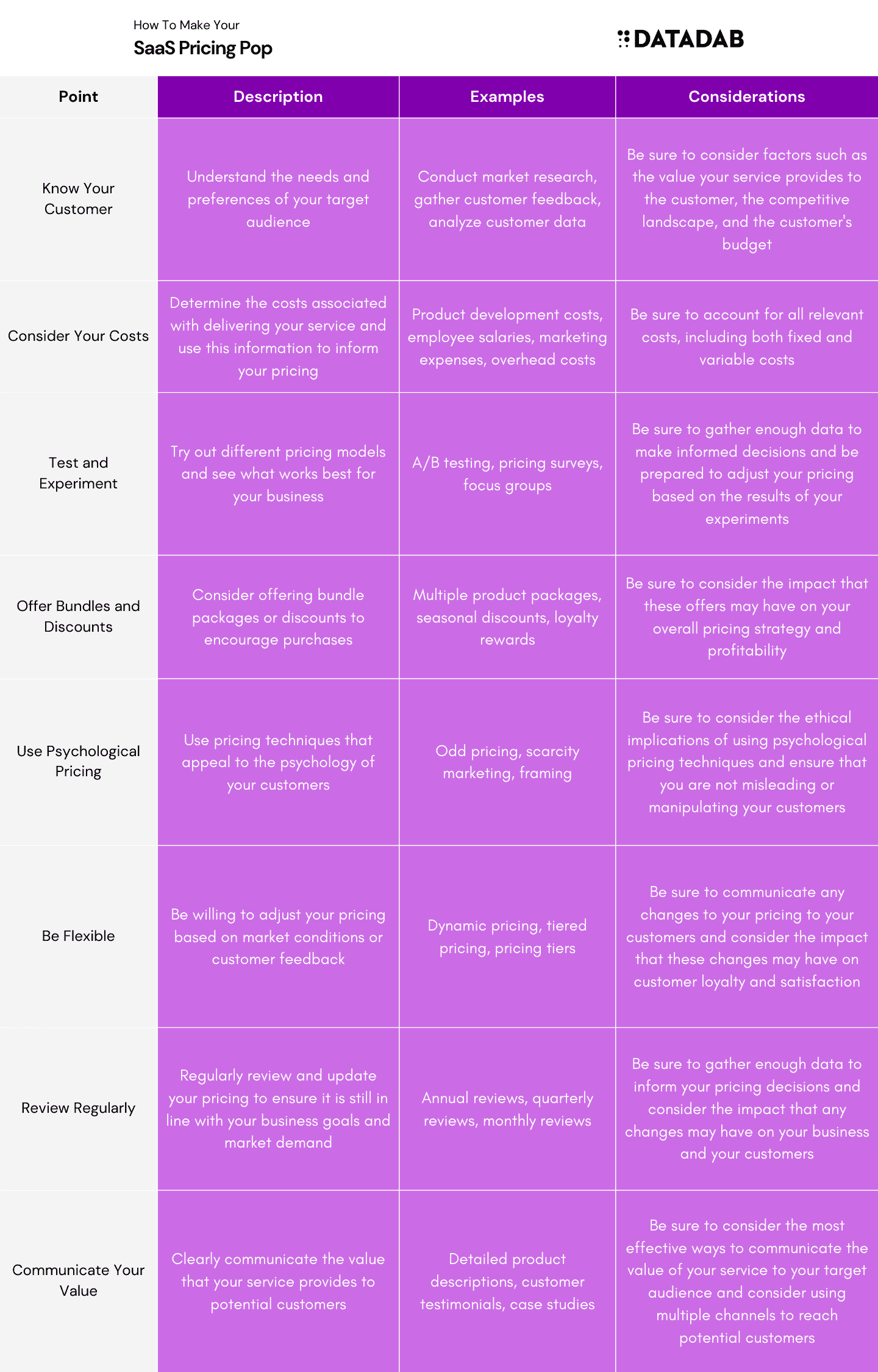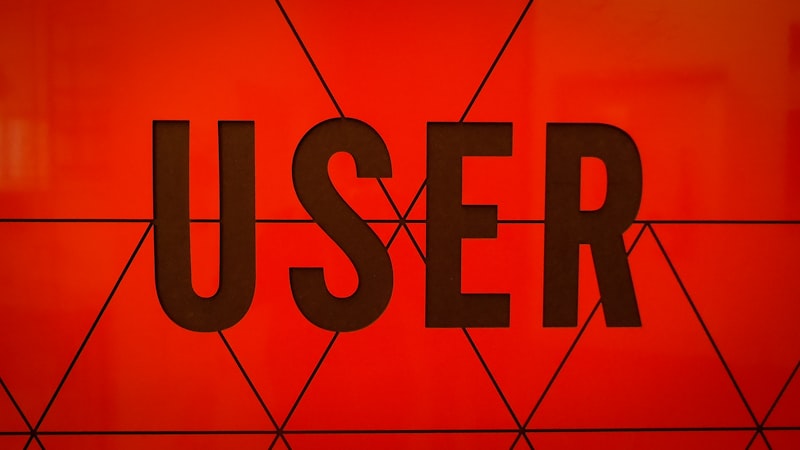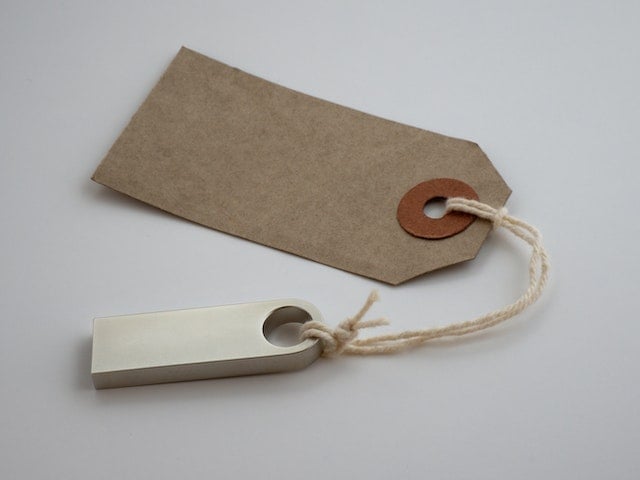"Effective pricing is not about charging the highest price possible, it's about aligning the value of your product with the needs and budget of your customers."

As a SaaS company, your pricing is one of the most critical aspects of your business. It can be the difference between a successful business and one that struggles to keep the lights on.
Getting your pricing right is essential to your success, but it can be challenging. There are a lot of factors to consider, and it can get tricky to find the right balance.
This article will give tips to help you make your SaaS pricing pop. With these tips, you'll be able to create a pricing strategy that will help you attract and retain customers.
1. Know Your Customer
Knowing your customer is the first step to creating a pricing strategy that works. You need to understand your target market and what they're looking for.
If you're unsure who your target market is, take some time to define it. Who are you trying to attract with your product? What pain points are they experiencing that your product can address?
Once you know your target market, you can understand what they're willing to pay for your product. What is the value that your product provides? How much are they willing to invest in a solution?
For example, a customer looking for a way to save time on their weekly grocery shopping trip is likely to be willing to pay more for a product that can do that for them. They understand the value of their time and are eager to invest in a solution that can save them time.
On the other hand, a customer looking to save money on their weekly grocery bill is likely to be more price-sensitive and may be willing to sacrifice some features or convenience for a lower price.
2. Consider Your Costs
Another critical factor to consider when setting your pricing is your costs, and you must ensure that your prices are high enough to cover expenses and generate a profit.
To do this, you need to know your cost of goods sold (COGS). This includes the cost of materials, labor, and overhead associated with developing your product. All hosting, maintenance, and infrastructure costs should be considered here.
You also need to know your operational costs. This includes things like marketing, sales, customer support, and administration.
Once you understand your costs, you can start to set prices that will cover them. Offering heavy discounting right at the beginning and not even considering the COGS is not wise.
3. Test and Experiment
The best way to find the right pricing for your product is to test and experiment. This means starting with a price you think is fair and then making adjustments based on customer feedback.
You can use a split-testing tool to test different prices and see how customers react. This will help you find the pricing sweet spot that maximizes revenue while still providing value to your customers.
4. Offer Bundles and Discounts
Another way to make your pricing pop is to offer bundles and discounts. This can be an effective way to increase your average order value and boost revenue.
For example, you could offer a discount for customers who purchase multiple products. Or you could offer a bundle of products at a discounted price.
You can also offer discounts for customers who pay for a certain period in advance. For example,
10% off for 6 months
15% off for 12 months
20% off for 24 months
This is a great way to encourage customers to commit to your product for the long term.
5. Use Psychological Pricing
This is a pricing strategy that takes advantage of the way our brains process information.
For example,
$99 is more attractive than $100
$9.99 is more attractive than $10
$0.99 is more attractive than $1
These prices are called "odd prices." They're designed to make products seem more affordable and appealing to customers.
Pricing is a critical aspect of any SaaS business, and getting it right can be the difference between success and failure.
6. Be Flexible
One of the keys to successful pricing is being flexible. You need to be willing to adjust your prices based on customer feedback and market conditions.
Don't be afraid to change your prices. If your current pricing isn't working, make a change.
7. Review Regularly
You need to review your pricing regularly. This will help ensure that your prices align with your costs, competition, and target market.
Pricing is an ever-changing aspect of a business. By reviewing your pricing regularly, you can ensure that you're always on the right track.
8. Communicate Your Value
Finally, you need to ensure that you're communicating the value of your product to your customers. They need to understand why your product is worth your price.
To do this, you need to have a strong value proposition. This statement explains what your product does and how it solves your customer's problem.
Ensure your value proposition is clear, concise, and easy to understand. It should be featured prominently on your website and in your marketing materials.
"Our product helps busy moms save time on grocery shopping trips."
"Our product helps companies save money on their travel expenses."
With a strong value proposition, you'll be able to communicate the value of your product to your customers and make your pricing pop.
Pricing is one of the most critical aspects of your SaaS business. Get it right, and you'll be successful. Get it wrong, and you'll struggle to keep the lights on. You can attract and retain customers, boost revenue, and achieve success with a well-thought-out pricing strategy.






